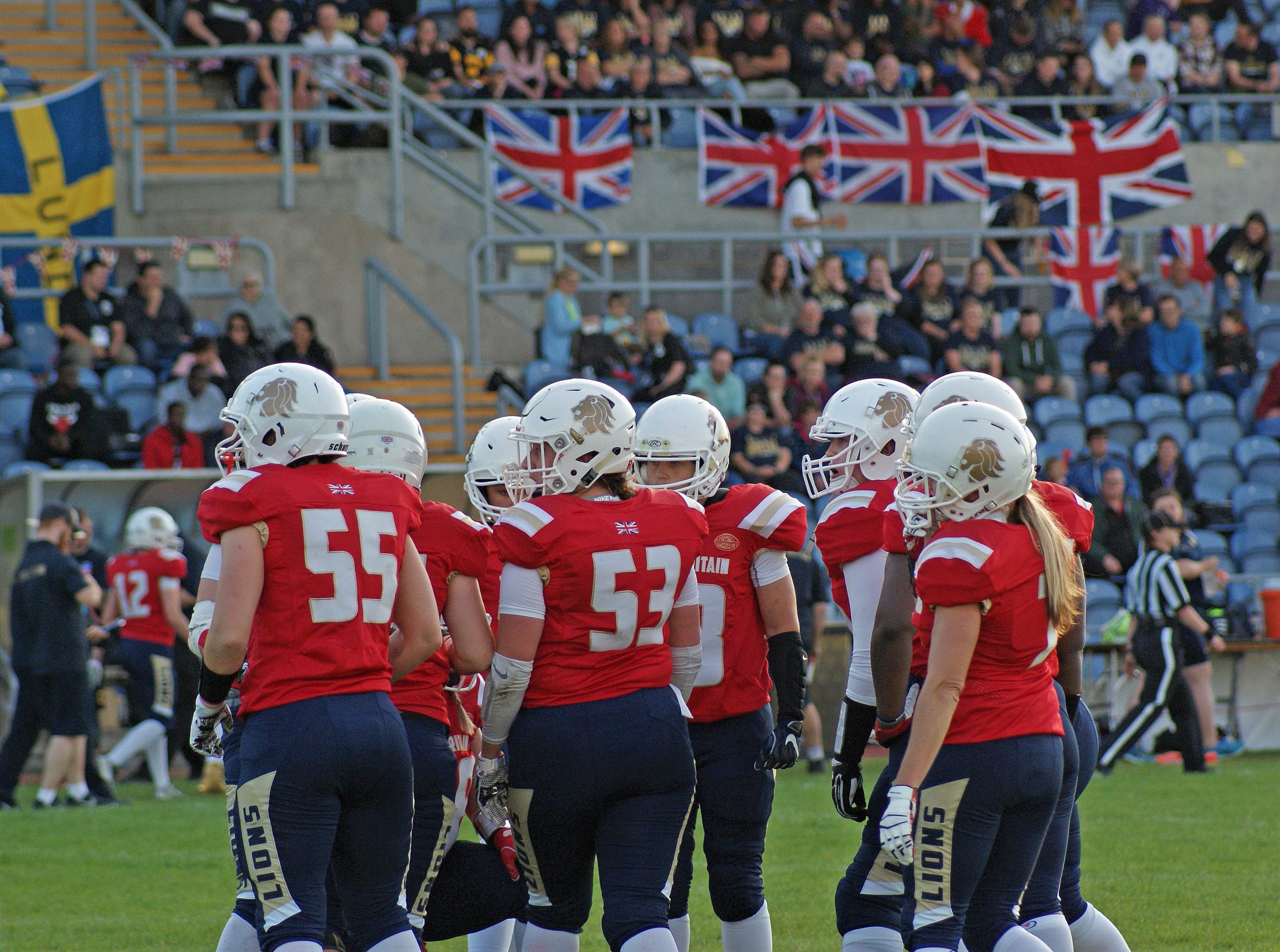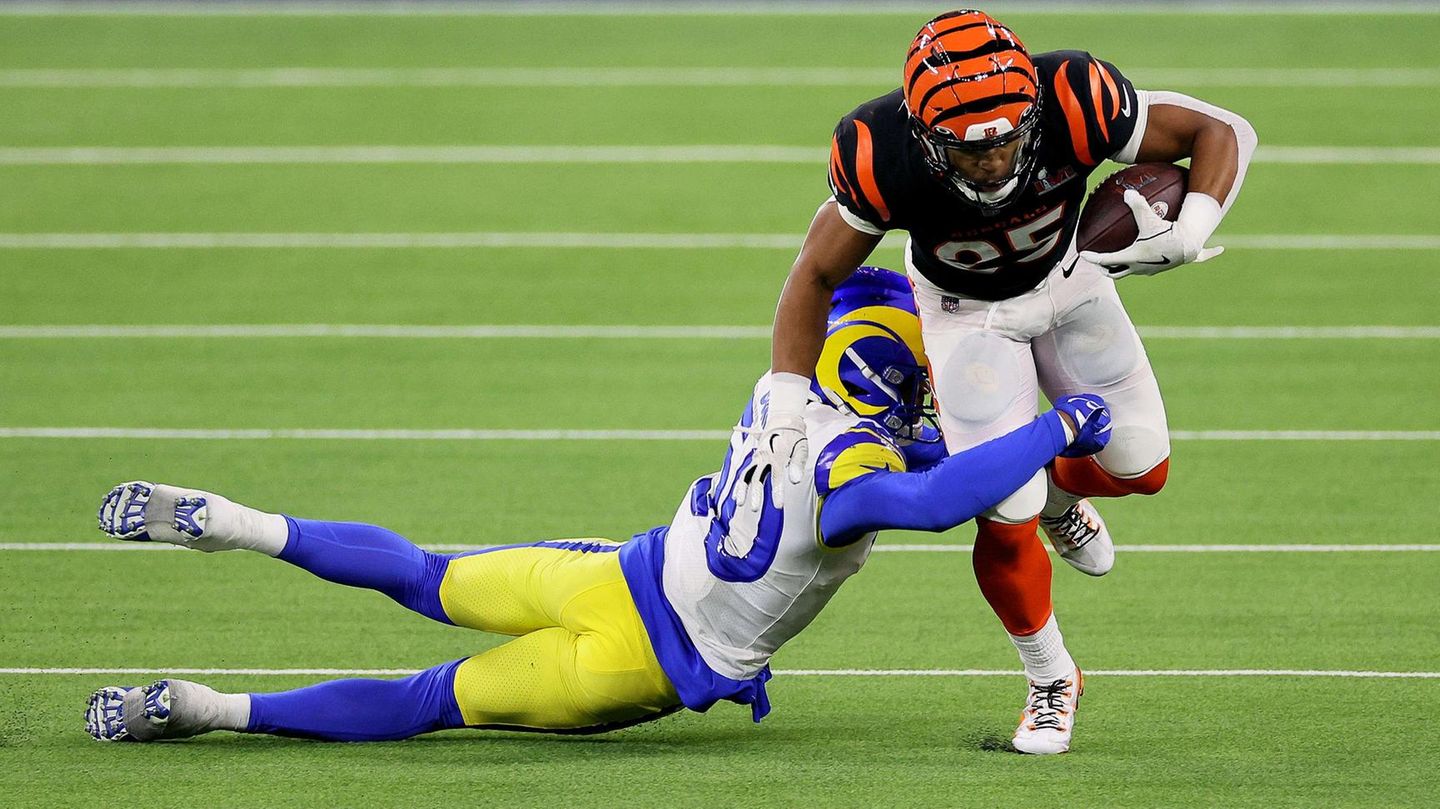
Content
Rule 4 Game Timing - What channel is the Clemson game on
Background Of American Football & Exactly How It Began
American football is among the most amazing and electric sports currently being played by athletes. It's been a lengthy road to get to where we are today. American football has actually taken control of the USA as one of the mainstream sports. It first started as a game of rugby as well as football incorporated. It has actually because progressed as well as remains to expand. In this article, we will break down the history of American Football as well as just how it's advanced for many years.
Early Days In American Football
The reputation and history of football have always been known as a ground and pound sporting activity. Nonetheless, over the decades, it's slowly beginning to come to be a finesse video game on crime as opposed to the traditional ground as well as pound style of gameplay-- with the most recent development on violation occurring in the past twenty years. Exactly how did we get to this point of spread offenses as well as quick/speed gamers rather than the big-on-big style of play? Allow's take a look at the earliest item of video footage that we could collect.
Offending Advancement Timeline
It wasn't until 1906 that the forward pass was legalized. Dan Riley captured the very first completion (thrown by George Parratt). This opened the doors for the crime, compeling defenses to cover all 53.3 backyards of the area. This enabled offenses to move from a conventional limited development to have 1-2 receivers split vast to make best use of area as well as big-play chances. In between 1909-1912, the regulations board modified a couple of racking up plays. Touchdowns were changed from 5 indicate 6. Basket were likewise altered from at first 4 points to 3.
- Of course, the exterior area really did not fit inside your home, so instead they reduced the area down to 80-yards long by 45-yards wide.
- Whether any kind of component of the ball broke the aircraft of the objective line while in player possession and also before the ball must have been stated dead.
- A personal nasty after a fair-catch signal is applied from the place of the foul.
- Once an evaluation is initiated, all reviewable aspects of a play might be analyzed and go through change, also if not the certain reason for the difficulty.
- The rule was officially adopted for the 2012 period, and the very first game in which both teams racked up in overtime was a 43-- 37 success by the Houston Texans over the Jacksonville Jaguars on November 18, 2012.
- The yardage distance for any charge may be decreased, despite the fact that the charge is approved.

Blink onward to February 25, 1933-- The forward pass is legalized from anywhere behind the line of scrimmage. We're currently seeing side passes, swing passes, "currently" routes, and also plays developed to obtain athletes precede swiftly. 1938-- Roughing the Passer was instilled. Quarterbacks are now secured after they throw the football. The guidelines board realizes just how important the placement is and mutually concurs that the QB can't be touched after he tosses. 1943-- Sammy Baugh led the league in passing, interceptions, as well as punting. 1947-- Adding an added authorities, The Back Court-- This might not feel like a significant regulation adjustment. Nonetheless, the field was currently surrounded by umpires. Each referee currently had a particular location they would see, enabling them to focus on as well as narrow their fine view.
Protective Penalties - What channel is the Clemson football game on
1950-- Unrestricted substitutions utilized to be only three guys each time. Teams are now making use of personnel collections based on down and also distance. The goal line and also short-yardage ground and extra pound start to create as teams can currently be more innovative with how they manuscript their game plan. January 18, 1950-- No Tackle Guard or Facility is eligible to catch a pass. This rule seems a little bit late as the ball has actually been sent via the air for almost two decades since this rule was embeded in place. 5 eligibles are uncompromising, and players are currently assigned by dimension, strength, as well as speed. 1952-- The Pittsburg Steelers are the last team to abandon the single-wing offense. Rather (like every other group in the league at the time), they take on the "T" development. 1955-- Rule adjustment which notes a gamer is down if touched by a defender and any kind of part of his body (excluding hands are feet) struck the ground. This aided clarify when the sphere was dead.

1972-- Inbounds marker were moved originally from 15 backyards from the sideline to 23.1 yards from the sideline. Out of all the guidelines adjustments on the list, this is just one of the more vital changes. For reference, high school inbounds marker are 17.8 lawns from the sideline. When the sphere is lacked bounds, the round is placed on the hash. more info This provides the crime 35.6 lawns of area to run plays to the area or open side (with only 17.8 yards to the border or the shut side of the area). The 35.6 backyards allow the infraction to have even more space to run/pass to the open side of the field. Nevertheless, as mentioned, in 1972, the hash marks were transferred to 23.1 yards. This meant the video game is played more in the middle of the field (the middle factor of the area from the sideline is 26.65 backyards). It forces the defense to cover all 53.3 backyards of the area. Offenses like the West Coastline Offense were birthed, which had the ability to subject teams flat. This altered the history of football (in the NFL) as we know it!
Presenting Pass Receiver
1974-- Contact with Eligible Receivers restricted-- Players were currently restricted from colliding with qualified receivers as they ran paths downfield. This opened up the upright pass video game as receivers focused more on stretching the field instead of evading protective backs. 1978-- 5 yard contact guideline for corners. Get In Mel Blount. 6'3 205 extra pounds and one of the most physical edges the NFL has actually seen. Mel was notorious for packing receivers at the line of skirmish as well as making certain they wound up on the ground every play. Mel's design of play was instrumental in helping change the NFL as we see it today.